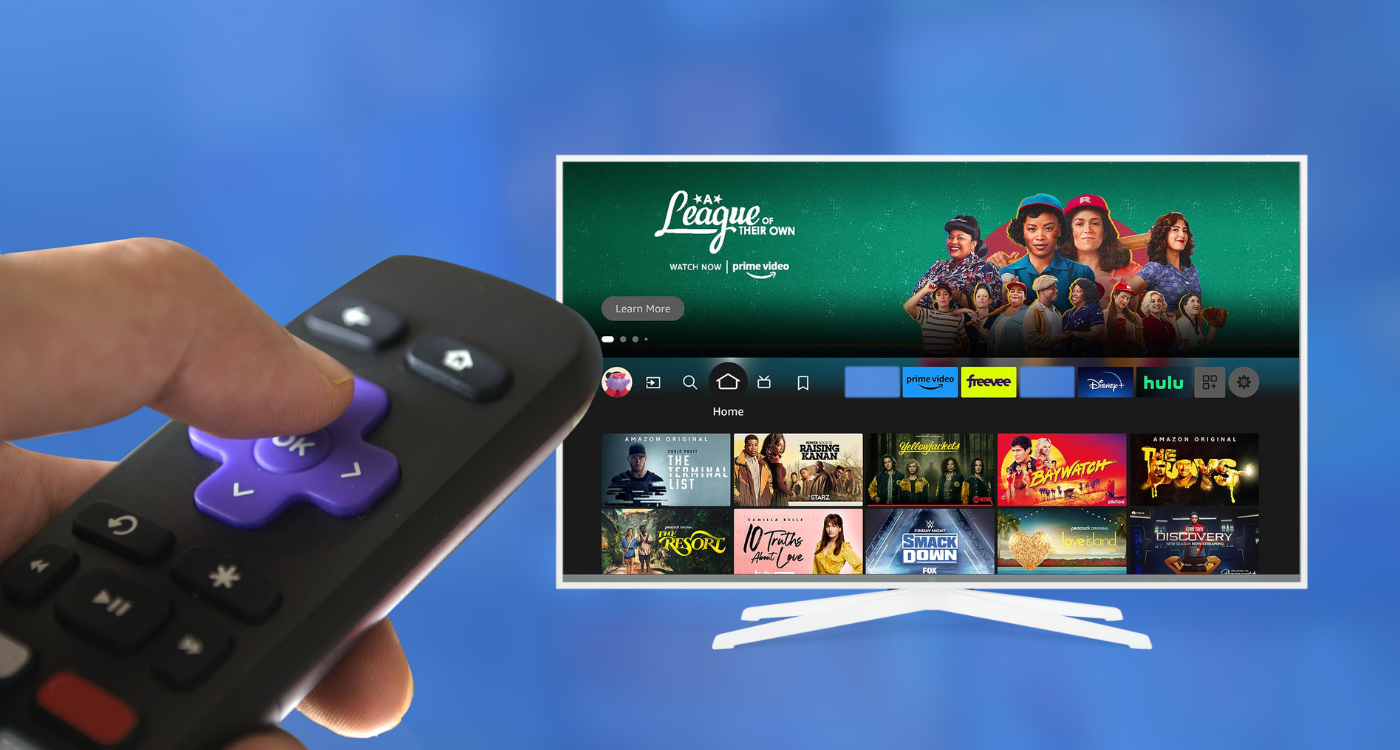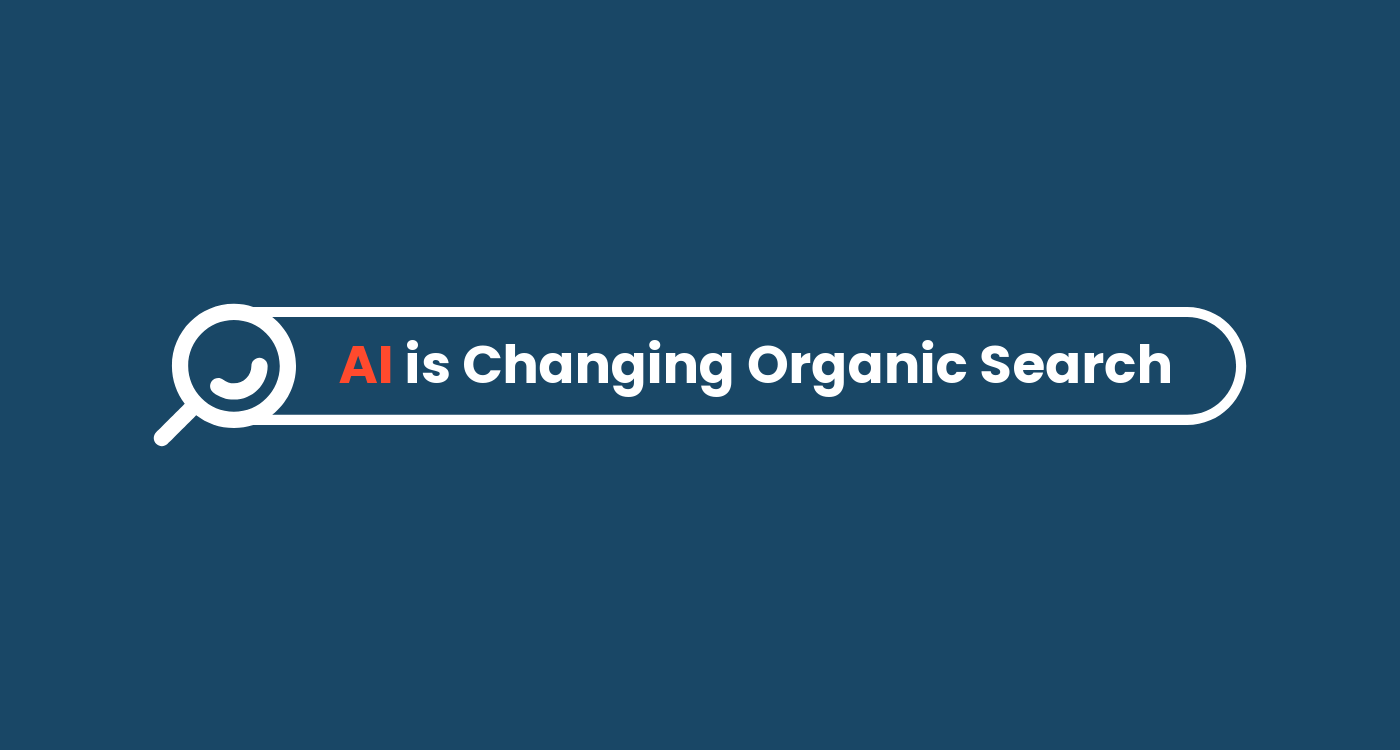Imagine this scenario: You’re a hardworking single mother who just returned home only to find your basement transformed into an indoor pool. As if your plate wasn’t full enough, you now need a reliable, affordable plumber, and you need them urgently. Considering your demanding schedule and the urgency of your situation, you require someone trustworthy and accommodating. As a newcomer to the area, you’re unsure who to turn to, so you resort to Google and type in “Top Plumbers Near Me.”
Immediately, Patty’s Plumbing Service surfaces as the premier choice. The sparkling reviews paint a picture of reliability and professionalism, the user-friendly website beckons you with intuitive navigation, and a listed phone number invites your call. You give them a call.
This rapid and seamless connection isn’t a mere coincidence. It’s the result of Patty’s Plumbing Service expertly harnessing the power of Search Engine Optimization (SEO). Through strategic planning and implementation, they’ve positioned themselves as the first port of call for individuals in your situation.
What is Search Engine Optimization (SEO)?
SEO drives more visibility and traffic to a business’s website listings by helping it rank higher on search engines and listings across the web. SEO also helps you rank higher on search engines and listing sites, driving more traffic and increasing awareness in places like Google, Bing, Amazon Alexa, and Apple Maps.
Why Does your Business Need SEO?
Before the digital revolution, business marketers relied heavily on traditional mediums like print newspapers and the Yellow Pages to reach potential customers. They dispatched physical mailers to interested individuals and eagerly anticipated the buzz of phone calls or the chime of store bells announcing a visitor.
While some may argue that today, print newspapers have seen a decline, and Yellow Pages are assigned to doorstops or fuel for campfires, these traditional forms of media retain significant relevance. With their loyal readership and tangible presence, print newspapers still command an essential place in comprehensive marketing strategies.
But, of course, businesses today must also utilize modern tools to signal their existence to prospective clients and persuade them towards a purchase. Here’s where SEO, or Search Engine Optimization, steps in. The surge of technology grants users worldwide access to vast volumes of information, with search engines acting as robust gateways to this data.
Web users typically enter a keyword or phrase into a search engine, then peruse the results displayed on the first page. SEO is the art and science of optimizing your business’s online presence to rank higher for this page’s most pertinent search terms. Understanding and leveraging SEO is crucial for your business’s visibility and success. Maintaining a presence in print newspapers ensures a broad, multi-channel reach to cater to diverse customer preferences.
The Impact of the Marketing Funnel on SEO Success
In marketing, there is a concept of a funnel, whose most comprehensive end at the top indicates “awareness”– prospective clients are aware that they have some kind of problem that needs to be solved, but they are not proactive about addressing it. As these prospective buyers move down the funnel, they go through “interest” (people begin to form an opinion about what kind of solution they want) to “decision” (people plan to make a purchase sometime soon) to “action” (people make a purchase), and “loyalty” (people become repeat customers). Different advertising materials are needed at every funnel stage, from Display Ads and Email Marketing to Local and Organic SEO.
There are two kinds of consumer intent in the online world of marketing funnels: 1) lean back and 2) lean forward.
- Lean back. Refers to internet visitors who are not actively looking for a solution to their problem, though a display or video ad might arrest their attention. These people are higher up on the sales/marketing funnel, so clicks from them are cheaper and are not so much geared to convert them into buyers but to encourage them to go further down the funnel.
- Lean forward. Visitors are users actively hunting for a solution and hoping to buy something from someone to solve their problem. Lean forward is the most competitive space, down near the tip of the funnel, and competition is much higher.
What Are The Differences Between Local and Organic SEO?

Local SEO is about driving visibility to your business in close proximity to you on listings across the web like Google, Bing, Amazon Alexa, Apple Maps, Yelp, and more. It’s important to show up no matter where your customer’s choose to search from. For instance, if you are a restaurant, you want to easily be found on Apple Maps when an iPhone user searches for “best restaurant near me.”
Organic SEO, on the other hand, is about your website being featured higher on the results page of a search engine (primarily Google). Organic SEO is optimizing your site against key search terms based on searches conducted by prospective visitors.
“Our team helps businesses naturally become the obvious choice no matter where their potential customers are searching from; whether it be Google, Apple Maps, Amazon Alexa, or somewhere else,” said Trevor Loeschen, channel sales director. “We can even work as an extension of the business’ team by creating Google posts, and responding to reviews on their behalf.”
What is Local SEO?
Remember, 88% of people searching for a local business end up calling or visiting a business within 24 hours. Let’s make sure that business is yours.
For a quick overview of Local SEO–this type of SEO is geared toward mobile devices to improve reach and relevance so that people on the go can find you easily. Google looks for relevant and trusted locations and businesses that are part of the local community and features those on its search pages. Local SEO is all about helping companies to show up in local searches that are most relevant (for instance, “near me” and “where to buy” style searches).
Local SEO Algorithm and Goals
Local Search results feed Google Maps and mobile searches. It uses an entirely different algorithm than Organic SEO does. Here at AdCellerant, we keep this in mind as we implement specific strategies throughout the year that focus on local SEO algorithms and ranking factors, including:
- Consistent updates on your Google Business Profile (GBP).
- How helpful and relevant your website content is.
- The quality, quantity, and responses of your reviews.
- How accurate you are across the web on other listings such as Apple Maps.
Our Local SEO goals for you are to increase your natural visibility on maps and mobile searches for relevant categories and to increase conversion rates of listings–driving directions, calls, and clicks on your website.
Reap the Benefits of Local SEO with AdCellerant
You may be wondering why you can’t do all this stuff alone. The problem is, succeeding in Local SEO requires a deep knowledge of ranking factors and strategic implementation of a comprehensive plan. Technology and technology users have grown increasingly complicated and savvy, and Local SEO is more competitive and complex than ever before.
As a Google Partner, we have access to the latest marketing technologies, research, and updates. We follow Google’s best practices and are guaranteed to deliver top-notch results.
If you want to get a leg up on your competitors’ SEO abilities–particularly Local SEO–don’t hesitate to contact us today. With our many years of experience in the industry and cutting-edge knowledge of all the most recent developments, we can help make you and your business a success!





